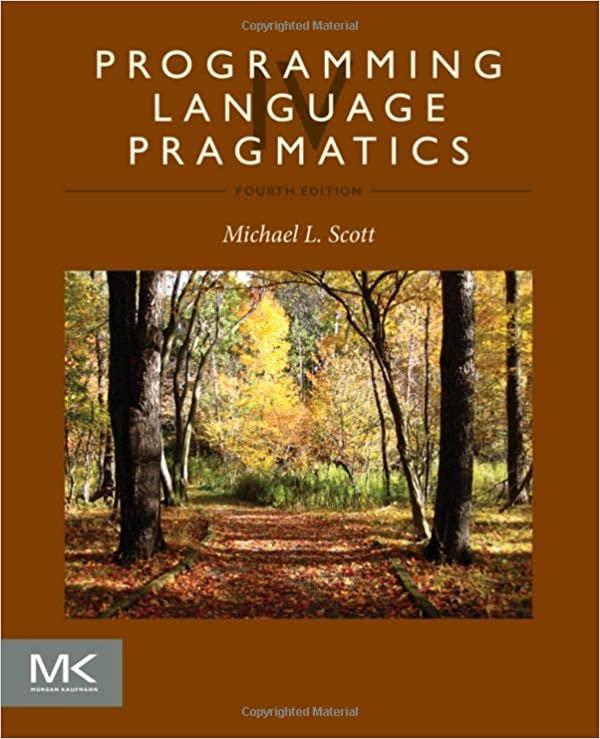In Lisp, most of the arithmetic operators are defined to take two or more arguments, rather than
Question:
In Lisp, most of the arithmetic operators are defined to take two or more arguments, rather than strictly two. Thus (* 2 3 4 5) evaluates to 120, and (- 16 9 4) evaluates to 3. Show that parentheses are necessary to disambiguate arithmetic expressions in Lisp (in other words, give an example of an expression whose meaning is unclear when parentheses are removed).
In Section 6.1.1 we claimed that issues of precedence and associativity do not arise with prefix or postfix notation. Reword this claim to make explicit the hidden assumption.
Fantastic news! We've Found the answer you've been seeking!
Step by Step Answer:
Related Book For 

Question Posted:





